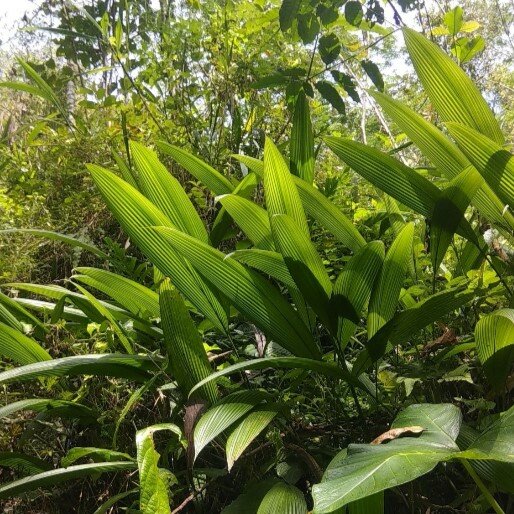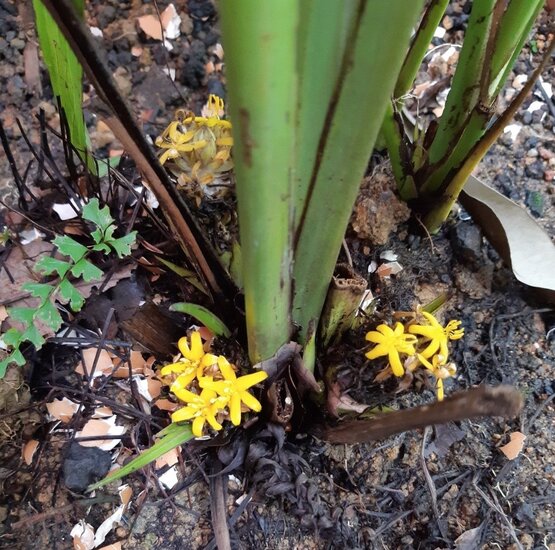Do you have a question about this product?
Ask us your question






Product description
The Lamba is an exceptional houseplant with fascinating characteristics. Native to Southeast Asia, from Bangladesh to the Philippines, it grows as a small herbaceous species on the forest floor. The plant forms a clump of leaves that emerge directly from the ground. Each leaf can reach a height of about 1 to 1.5 meters and due to their rough and textured look, they can easily be mistaken for palm leaves.The inflorescence of the Lamba rises from the ground but stays small, around 10 cm, producing small yellow flowers. After flowering, it forms small white to green fruits, which are the plant’s most intriguing feature. These edible fruits are incredibly sweet and can alter your sense of taste for a short time. The fruit contains a protein called curculin, which is about 500 times sweeter than regular table sugar. In addition to its sweetness, curculin has the unique ability to change sour flavors into sweet ones. For about 10 minutes after consuming the fruit, a lemon will taste like an orange.
This remarkable trait, combined with its palm-like leaves, makes the Lamba an interesting addition to a plant collection!
The plant is sensitive to cold and should be kept indoors, with a minimum temperature of around 15°C. It thrives in fertile, well-drained soil and grows well in shaded areas.
Sowing description: Soak the seeds in lukewarm water for 24 hours and sow them in sowing mix. Cover lightly with soil. Plenty of light is important for the germination, but be sure not to place them in full sun. Keep the soil moist and at a temperature of around 25-30 degrees Celsius. Germination can take up to several months.
Product specification
Family:
Hypoxidaceae
Scientific name:
Curculigo latifolia
Common name:
Lamba
Native to:
Southeast Asia
Sowing time:
Whole year round
Difficulty level:
Challenge
Minimum temperature:
15 degrees Celsius
Do you have a question about this product?
Ask us your question
Product specification
Family:
Hypoxidaceae
Scientific name:
Curculigo latifolia
Common name:
Lamba
Native to:
Southeast Asia
Sowing time:
Whole year round
Difficulty level:
Challenge
Minimum temperature:
15 degrees Celsius
Add review
Write a review about this product.
Reviews
View all reviews from our customers below
3,0
on the basis of 2 reviews
Ik ben al ongeveer 9 maanden aan het wachten op de eerste kiemer, maar we leven op hoop...
Deze zaden heb ik na 2,5 maanden opgegeven. Een volgende keer probeer ik ze te kiemen met de 'vochtig keukenpapier in een ziplockbag' methode.



